So let’s start with the basics.
Northern Quechua and Southern Quechua
Just as the Romance language family is comprised of multiple languages, Quechua is too. Just as French, Spanish, Italian, and Portuguese have words in common, all Quechua languages have words in common. But it can be difficult to understand someone speaking French when you speak Portuguese. The same is true for Quichua and Quechua.
In 1964, linguist Alfredo Torero classified the Quechua language family. Torero proposed that Quechua has its most ancient roots in northern Peru, specifically near Lima. This original Quechua developed into two branches. The first is Northern Quechua, also called Quichua, spoken today in Southern Colombia, the Andes and the Amazon Basin of Ecuador, and a few small jungle communities in Peru. The second is Southern Quechua spoken in the Andes of Peru, including Cusco, and in parts of Bolivia and Argentina. Torero’s proposed family tree can be seen on the Wikipedia page, Quechan Languages.
Some scholars believe that the influence of Southern Quechua is very strong in Quichua because Incan Royalty living in Ecuador would have sent their children to Cusco to be educated. These children would have returned with the Southern Quechua language firmly in tow. Of course, not all linguists agree. Some believe that Northern Quechua is merely a dialect of Southern Quechua from Cusco.
Either way, many different dialects of both Northern and Southern Quechua exist. In Ecuador, the Quichua from the north don’t always understand the Quichua from the south. And if that is the case, you can only imagine the differences in between Ecuadorian Quichua and Southern Quechua of Peru. A mere difference in a letter in the word naming the language is only a start.
The Quichua Alphabet
Quichua has only three vowels – A, I, and U. It does not include the letter E and some people believe this is why Ecuadorians use Quichua rather than Quechua. But Quechua has the same three vowels and no more.
After the Spanish conquest, Catholic priests used the Roman alphabet to transcribe Quichua and Quechua words. The first Spaniard to create a Quechua dictionary in Peru, Fray Domingo de Santo Tomás, used the word Quichua to describe the language. That was in 1560. More than fifty years later, along came Alonso de Huerta who changed it to Quechua. The difference between that I and E could merely signify a slight difference in pronunciation of the vowel.
It became standard to use the word Quichua in Ecuador and word Quechua in Peru, regardless of other language differences. As with most word usage, it has become a matter of culture rather than grammar.
Why Kichwa and Not Quichua?
You might also wonder why Quichua is sometimes written as Kichwa. As noted above, the Spaniards were the first to write down the name of the language and they used the Roman alphabet. When they first transcribed the sound of the language, they felt Qu best described the sound. In Peruvian Quechua, they use the letter Q, though not the Qu. Ecuadorian Quichua does not have the letter Q, only a K. So Spanish words beginning with Qu are often transcribed into Quichua using the letter K.
In 1975, the Peruvian government adopted new spelling for Quechua words. They chose to replace the Qu with K, the Hu with W, and the Z with S. Their adoption of the new orthography spilled over into other regions of South America, including parts of Ecuador. It’s why we see differences like Cusco and Cuzco, Quichua and Kichwa, Guagua and Wawa. The different spellings are still a cause for debate today.
Resources
If you would like to learn some Quichua, consider visiting the University of Kansas Quichua Resource page.
If you would like to listen to some Quichua, try Kichwa Hatari, a radio program offered on Fridays.
Source Material for this Article
Quichua Words Used in Modern-Day English
Condor
from cuntur, Quechua for the name of the native bird.
First used in American Spanish circa 1600.
Guano
from huanu, Quechua for dung.
First used in American Spanish circa 1600.
Jerky
from ch’arki, Quechua for dried flesh.
In American Spanish, the word was charqui, first used around 1850.
Llama
The Spanish adopted the Quechua word around 1534;
the English pronuniation quickly followed in the 1600s.
Pampas
from pampa, Quechua for a plain; the Spanish pluralized the word to las pampas;
it was first used in English in 1704 to describe «large plains of South America.»
Puma
from the Quechua word puma; first used in English in 1777.
Quinine
from kina, Quechua for «Cinchona bark» plus the chemical ending «ine»;
the word came into English in the 1821; in was used first in France in 1820.
Quinoa
from kinua, Quechua from the name of the grain;
the word was transcribed into Spanish in the 1620’s as quinoa.
Thanks to the Online Etymology Dictionary for the facts!

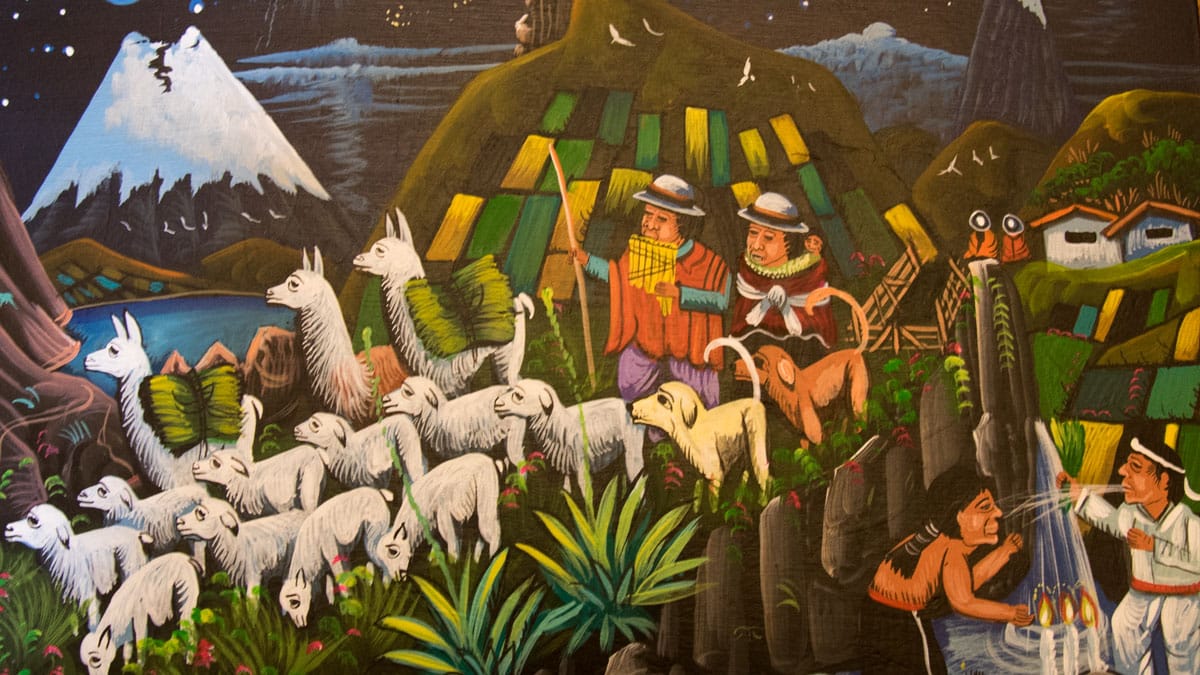


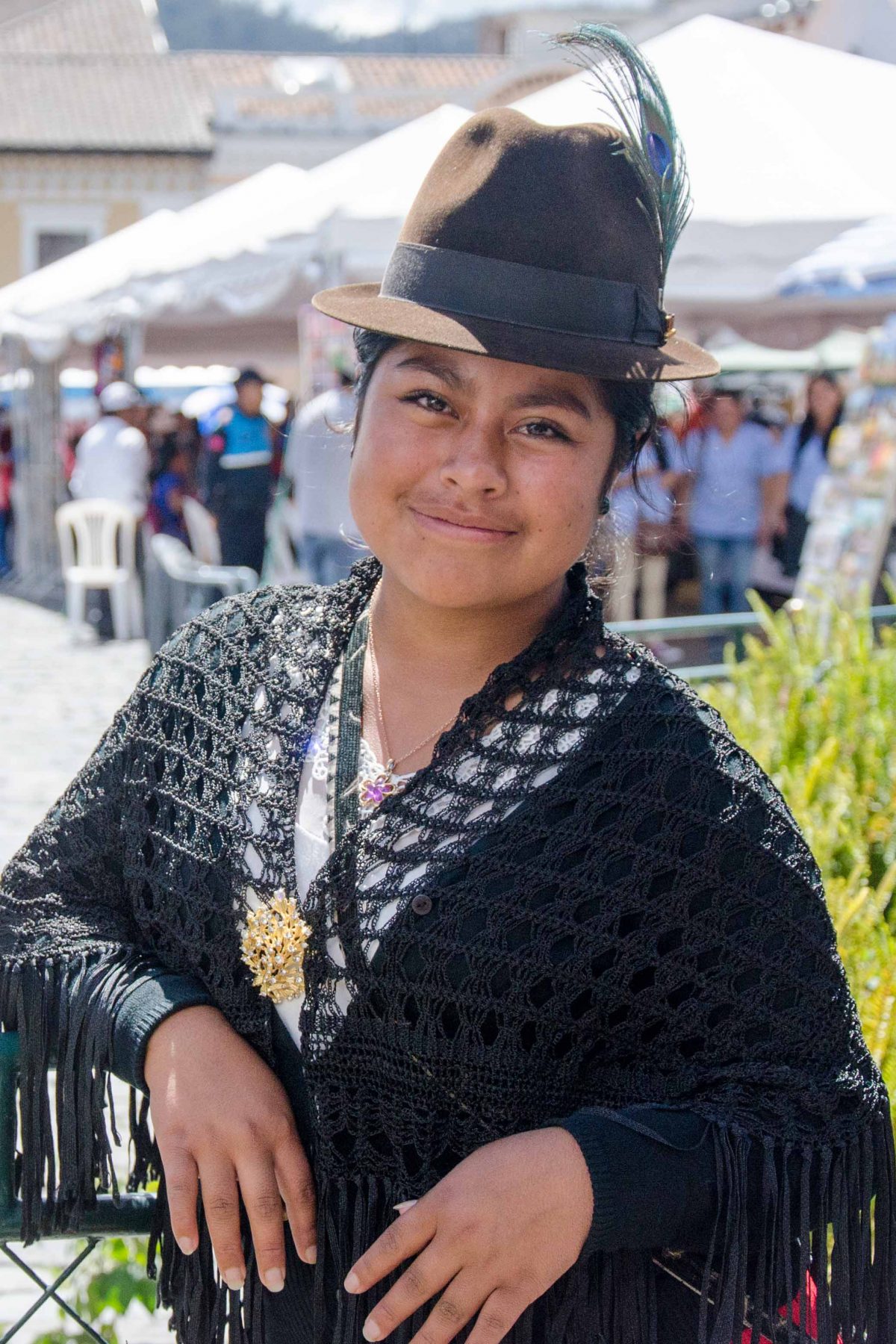

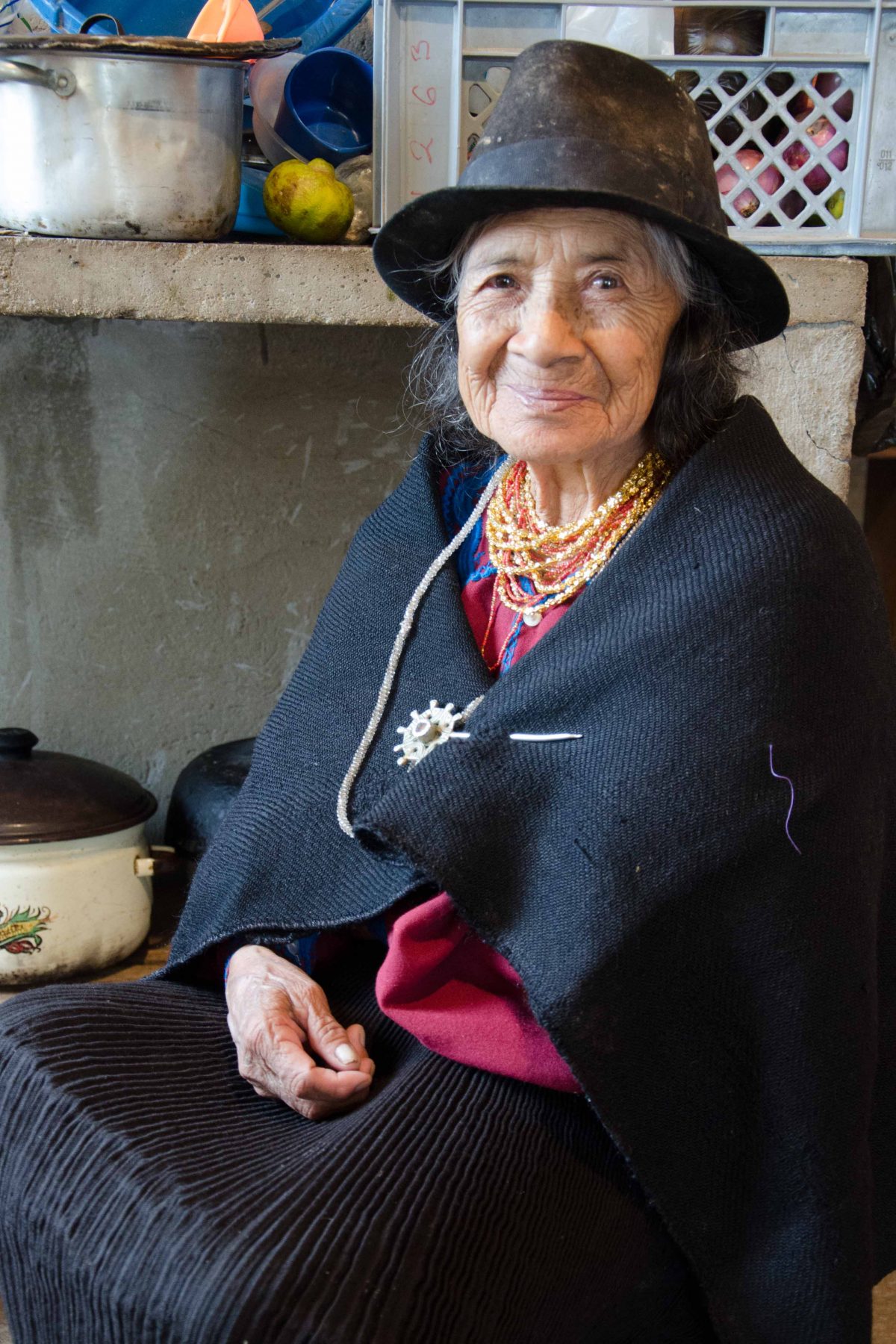
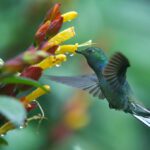
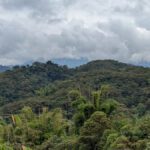



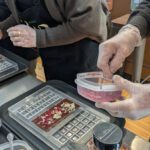

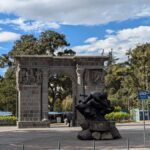



0 comentarios